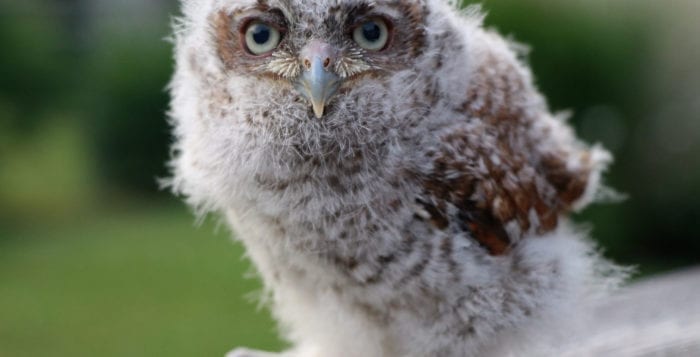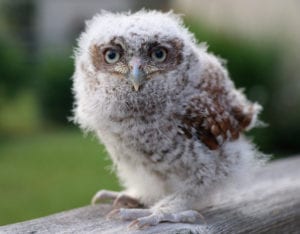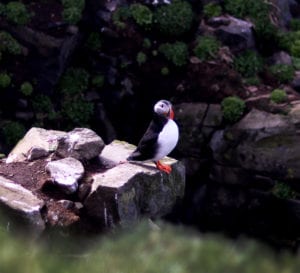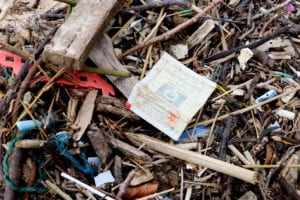By Rich Acritelli
Sitting down to write this story about 9/11, there is the constant reminder of how beautiful this day was with brilliant sunshine, warm weather and the buzz in the air of people going about their daily responsibilities. It seems like yesterday that this same sort of memory that was some 18 years ago completely changed the course of American history. As people were handling their daily routines of putting their children on the bus and going to work, people in Manhattan and Washington, D.C., endured harrowing terrorism that shook the foundations of those cities. In the rural area of Shanksville, Pennsylvania, the wreckage and the remains of Flight 93 were found.

Some 18 years later, families and friends still struggle with getting through this particular day. While there are students in our local schools who were not yet born when these attacks occurred, this terrible moment is still with us. As many of our students did not see the constant news coverage about the attacks waged on our nation by Osama Bin Laden and al-Qaeda, 9/11 essentially became one of the longest days ever in our country. It remained with us for months and years, as our mind flashed images of the two planes that destroyed the World Trade Center towers, the Pentagon and Flight 93 that would have been used to target the Capitol or the White House.
Americans were shocked at the news reports of the failed attempts of the shoe and underwear bombers to destroy other commercial airlines and anthrax that was sent to noted journalist Tom Brokaw. Today, young adults that like to attend popular concerts at Jones Beach do not remember the military presence in the Atlantic Ocean near the venue. The federal government ordered aircraft carriers that were in view of the amphitheater to fly fighter missions over major cities, including New York, to guard against the potential use of civilian aircraft that could possibly target major buildings and landmarks. In a total sense of shock, Americans were reeling from the earliest moments of terrorism that had clearly impacted our way of life.
Never before had Americans repeatedly watched the news coverage of citizens on American soil desperately running for their lives away from buildings that were collapsing around them. In many cases, they did not stop moving until they were across the Brooklyn Bridge, covered in dust and debris, with looks of despair on their faces. For months, North Shore rescue and demolition workers sifted through the wreckage of lower Manhattan to search for survivors and the remains of lost ones. In the tristate area there were daily reminders of 9/11 through the numerous funerals that were held for many of the 2,977 people that were killed. And it was almost 19 days after the terrorists hit the U.S. that the military struck the Taliban and its allies in Afghanistan. Just this week alone, as peace talks continued between America and the Taliban, a car bomb derailed the negotiations and our soldiers are still operating to guard against terrorism in Afghanistan. While many local people are concerned that other parts of this country have forgotten about this date, 18 years ago showed the iron spirit of American resolve and willingness to help each other.
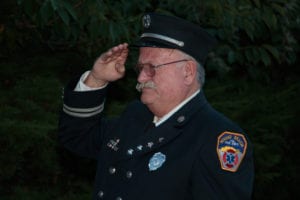
This was an attack that had never been waged against the U.S. before, but the American people presented an immense amount of comradery; caring for fellow citizens who were struggling from the attacks. At once, there was an outpouring of patriotism. Walmart was unable to keep up with the demand of its customers who wanted to purchase American flags. People wrapped yellow ribbons around porches and trees and patriotic signs hung in businesses, schools and churches honoring the rescue workers at ground zero. Fire and emergency crews from every corner of this nation and Canada descended on Manhattan to help the New York City Fire Department. Both the New York Yankees and Mets participated in raising the spirits of the recovery workers by having their players meet with them in Lower Manhattan and honoring their tremendous sacrifices when baseball came back to America at Shea Stadium in Flushing, Queens. Huge flags were presented by the military that covered the length of Giants Stadium during the national anthem. When motorists crossed over the George Washington Bridge, it was done under a flag that could be seen for miles.
President George W. Bush, through a heightened security presence, was at the World Series that had been pushed back due to the 9/11 attacks. He attended the New York Yankees and Arizona Diamondbacks game where he stood on the pitcher’s mound, presented a thumbs up to the crowd and threw a strike to the catcher. At this time, former New York Jet’s coach Herm Edwards was asked football questions about an upcoming game and he told the reporters with tears in his eyes that sports is not everything. As the Meadowlands is within sight of the city, the Jets could see the smoke rise from the wreckage. He stated his team’s thoughts and prayers were with the rescue workers at ground zero. Today, you can visit the National 9/11 Memorial in New York City and see a powerful sports exhibit that is connected to these attacks and how our local teams used athletics to help provide a sense of comfort and distraction during this tragic time.
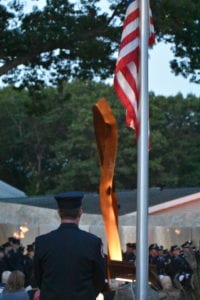
Just recently, local leaders from the FEAL Good Foundation were in Washington, D.C., to lobby the government to prevent the discontinuation of the Zadroga Bill. Retired New York City Police Officer Anthony Flammia strenuously worked with other rescue workers to promote the importance of this legislation to congressional members from every part of the U.S. The organization was determined to pass legislation that continued to help rescue workers suffering from 9/11-related health conditions. Longtime comedian Jon Stewart stood next to men and women from the FEAL Good Foundation to place pressure on congressional leaders to put their differences aside and pass this vital bill. Stewart openly wondered how our government was prepared to turn its back on survivors that unflinchingly answered the call on this date. Shortly after speaking to a congressional committee, NYPD Detective Luis Alvarez passed away from the poor health condition that he had gained as a result of his time at and near ground zero.
Over the course of American history, there have been many serious events that our nation has had to rebound from through the will of its citizens. 18 years ago, this dynamic character of our country rose out of the darkest moments of terrorism to show the world that Americans will always stand together. May we always remember our rescue workers, War on Terror veterans and those Americans that are currently struggling with 9/11-related illnesses.
Rich Acritelli is a social studies teacher at Rocky Point High School and an adjunct professor of American history at Suffolk County Community College.

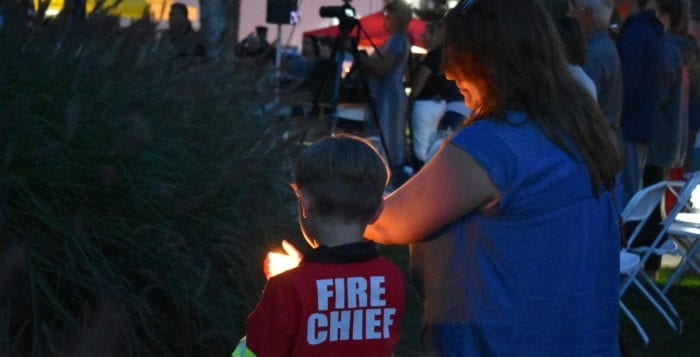


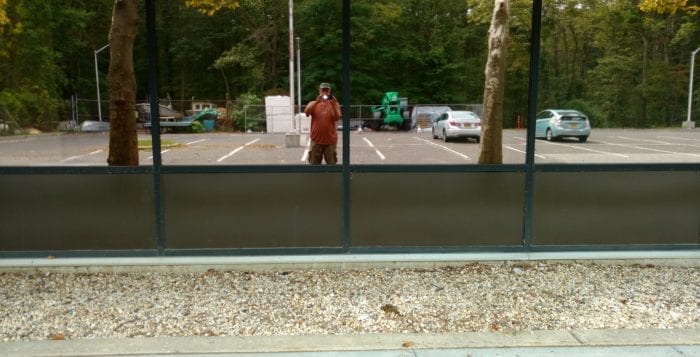
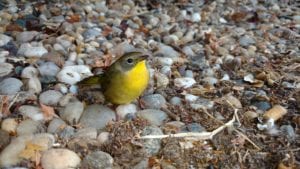
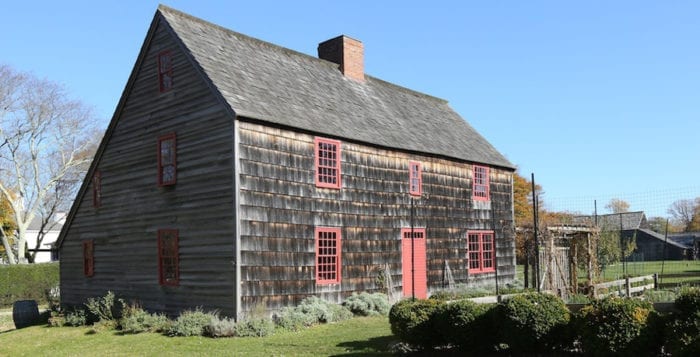


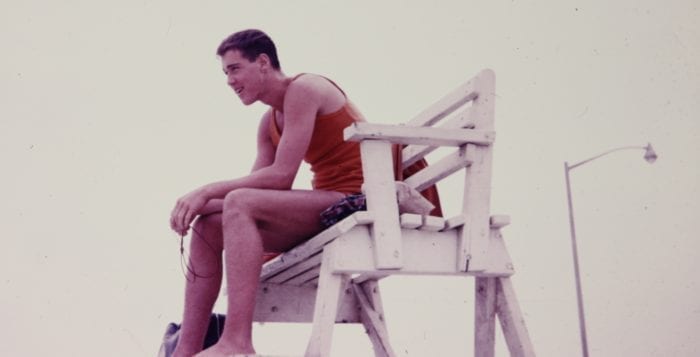
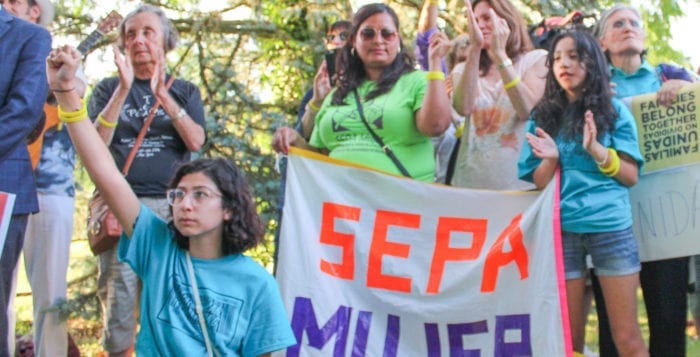

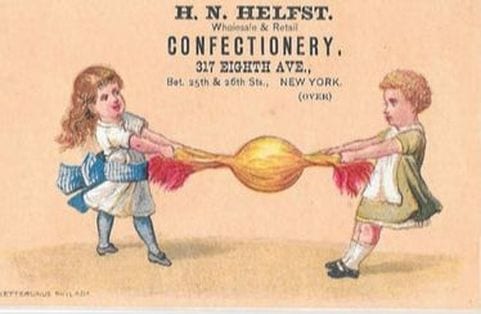

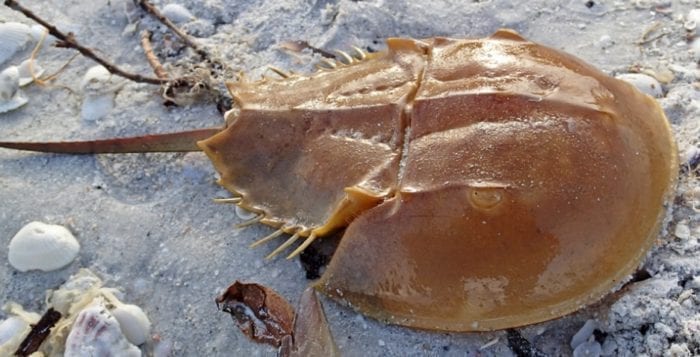
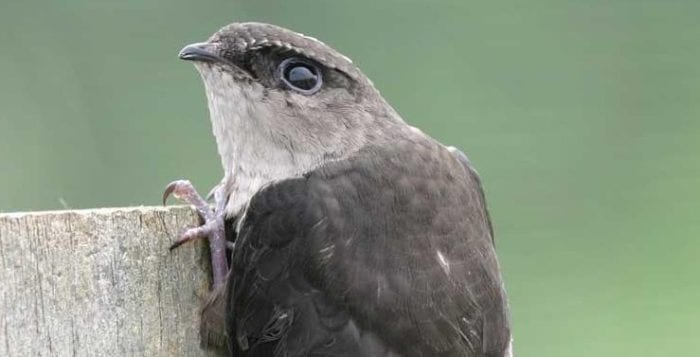
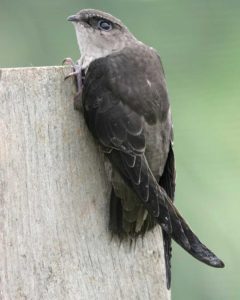
 Occasionally swifts break from their typical fluttery flights to display courtship behavior. During these displays a mated pair flies together, about a foot or two apart, and synchronously throw their wings into a deep V-shaped position and glide for a second or two before resuming regular flight. It’s a little joy to behold and life is worth living due to little joys, right?
Occasionally swifts break from their typical fluttery flights to display courtship behavior. During these displays a mated pair flies together, about a foot or two apart, and synchronously throw their wings into a deep V-shaped position and glide for a second or two before resuming regular flight. It’s a little joy to behold and life is worth living due to little joys, right?
